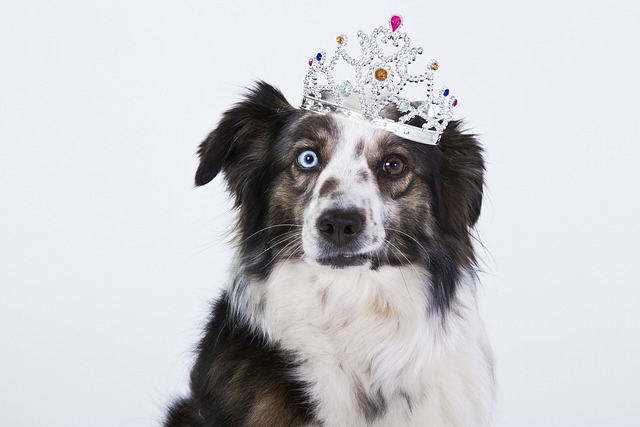
Should I give my dog vitamin supplements
If you’ve ever stood in the pet store aisle, staring at bottles of dog vitamins labeled “immune support” or “shiny coat,” you might’ve wondered if your pup really needs them.
Seeing your French Bulldog panting heavily, stumbling, or collapsing in the heat can turn your blood cold. These adorable, flat-faced pups are especially vulnerable to heat stroke due to their short muzzles and stocky builds. Knowing how to act fast isn’t just about saving your furry friend—it’s a legal responsibility in many regions, where neglecting a pet’s medical needs violates animal welfare laws. Here’s a step-by-step guide to handling this life-threatening situation.
First, recognize the signs. Excessive drooling, bright red gums, rapid breathing, vomiting, and lethargy are all red flags. Unlike other dogs, Frenchies can’t cool down efficiently through panting alone. If you suspect heat stroke, act immediately. Delaying treatment even for a few minutes can lead to organ failure or worse.
The first thing you need to do is move your Frenchie to a cool, shaded area—preferably indoors with air conditioning. Avoid hot pavement or direct sunlight. If you’re outside, find a breezy spot under a tree or use an umbrella to block the sun. Remember, leaving pets unattended in hot cars is illegal in most places and can cause heat stroke within minutes.
Next, start cooling your dog down gently. Don’t use ice-cold water or dump buckets of water over them—this can send their body into shock. Instead, wet a towel with cool (not cold) water and wrap it around their neck, armpits, and groin areas. These spots have major blood vessels close to the skin, helping to lower their core temperature faster. You can also place ice packs wrapped in a towel on these areas, but keep checking for signs of frostbite.
 Offer small sips of cool water, but don’t force it. If your Frenchie is vomiting or too disoriented to drink, skip this step. Forcing water can cause them to inhale it into their lungs, leading to pneumonia. Instead, focus on cooling their body temperature.
Offer small sips of cool water, but don’t force it. If your Frenchie is vomiting or too disoriented to drink, skip this step. Forcing water can cause them to inhale it into their lungs, leading to pneumonia. Instead, focus on cooling their body temperature.
Call your vet immediately. Heat stroke is a medical emergency, and professional treatment is non-negotiable. While waiting for the vet, continue monitoring your dog’s breathing and heart rate. If they stop breathing, start CPR. There are plenty of online tutorials demonstrating pet CPR techniques, but remember, nothing replaces proper veterinary care.
Once your Frenchie stabilizes, the vet will likely keep them overnight for observation. They may administer IV fluids to rehydrate your dog and medications to manage organ damage. Be honest about what happened during the exam—vets rely on accurate information to provide the best care, and withholding details can endanger your pet.
Prevention is always better than cure. Keep your Frenchie indoors during peak heat hours (usually 10 am - 4 pm), provide plenty of fresh water, and use fans or air conditioning to keep them cool. When going for walks, choose early mornings or evenings, and avoid hot surfaces. And never, ever leave them in a parked car, even with the windows cracked—temperatures can skyrocket in minutes.
Caring for a Frenchie in hot weather takes extra vigilance, but it’s worth every bit of effort to keep your beloved companion safe and happy. By knowing the signs of heat stroke and acting quickly, you’ll be ready to handle any situation that comes your way.

If you’ve ever stood in the pet store aisle, staring at bottles of dog vitamins labeled “immune support” or “shiny coat,” you might’ve wondered if your pup really needs them.

If you’ve ever thought about swapping your dog’s kibble for something homemade, you might’ve worried: “Will I get the nutrients right?”

If you’ve ever watched your dog tilt their head like they’re confused, or scratch at their ear until they whimper, you might be seeing signs of an ear infection.

Golden Retrievers, with their lush coats and playful spirits, often steal hearts in parks and homes alike. But that same thick fur that makes them so cuddly can sometimes be a double-edged sword when it comes to skin health.

If you’ve ever left a friend’s house with a dog and spent the next hour sneezing, your eyes red and watery, you’ve probably wondered when the discomfort will end.

If you’ve ever watched your dog scratch until their skin turns red, or noticed them licking their paws raw after a walk, you’ve probably wondered what’s causing their discomfort.